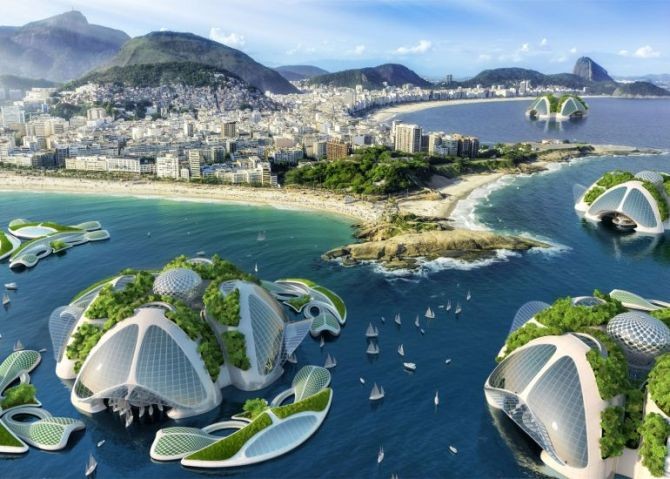
While most architects are remembered for a monumental structure or commission, many of the most prolific names in the field at one point or another set their sights on designing the entirety of a city. Often venturing abroad to see their aesthetic vision come to life across unfamiliar territory (and often, an unsuspecting populace), city planning posed the perfect opportunity to realize one’s architectural doctrine across unimaginable scales. Below, brush up on some of the biggest ventures into urban planning. Whether these plans failed or came to fruition, they ultimately function as crucial insights into the consequences of an outsider defining sense of place and space for a foreign audience for generations.















